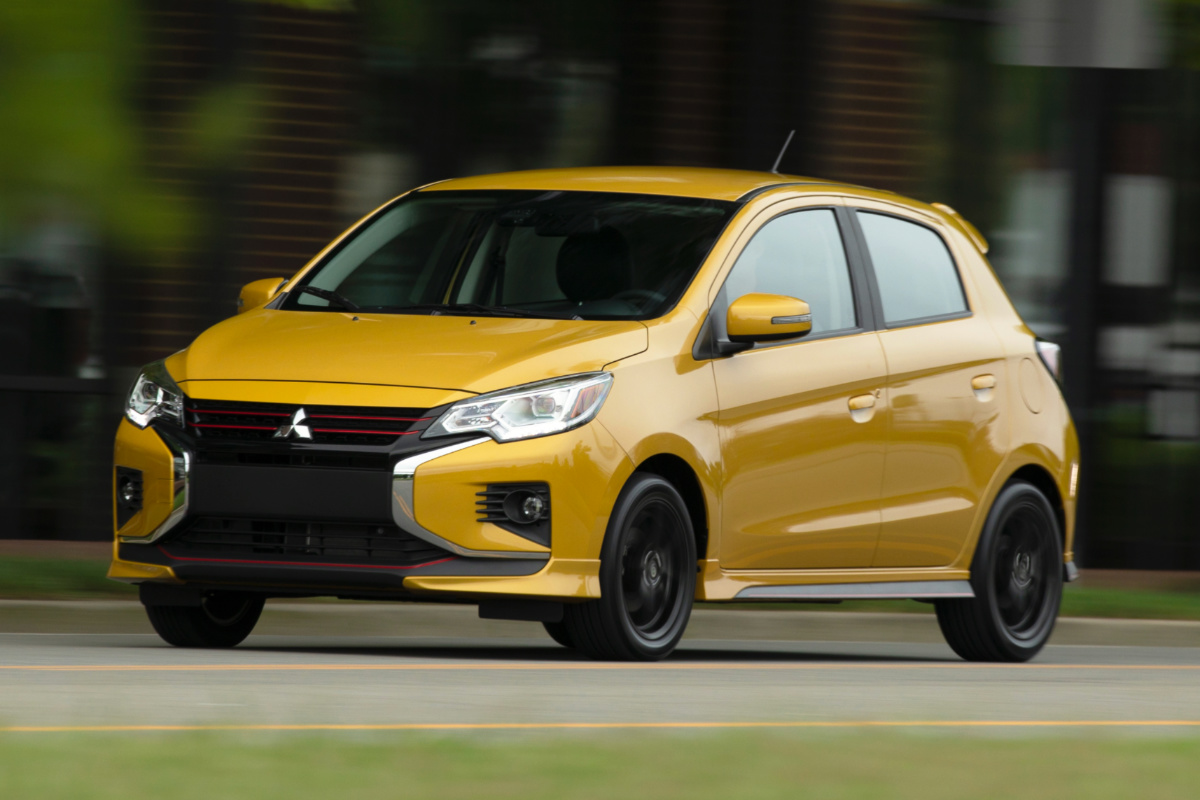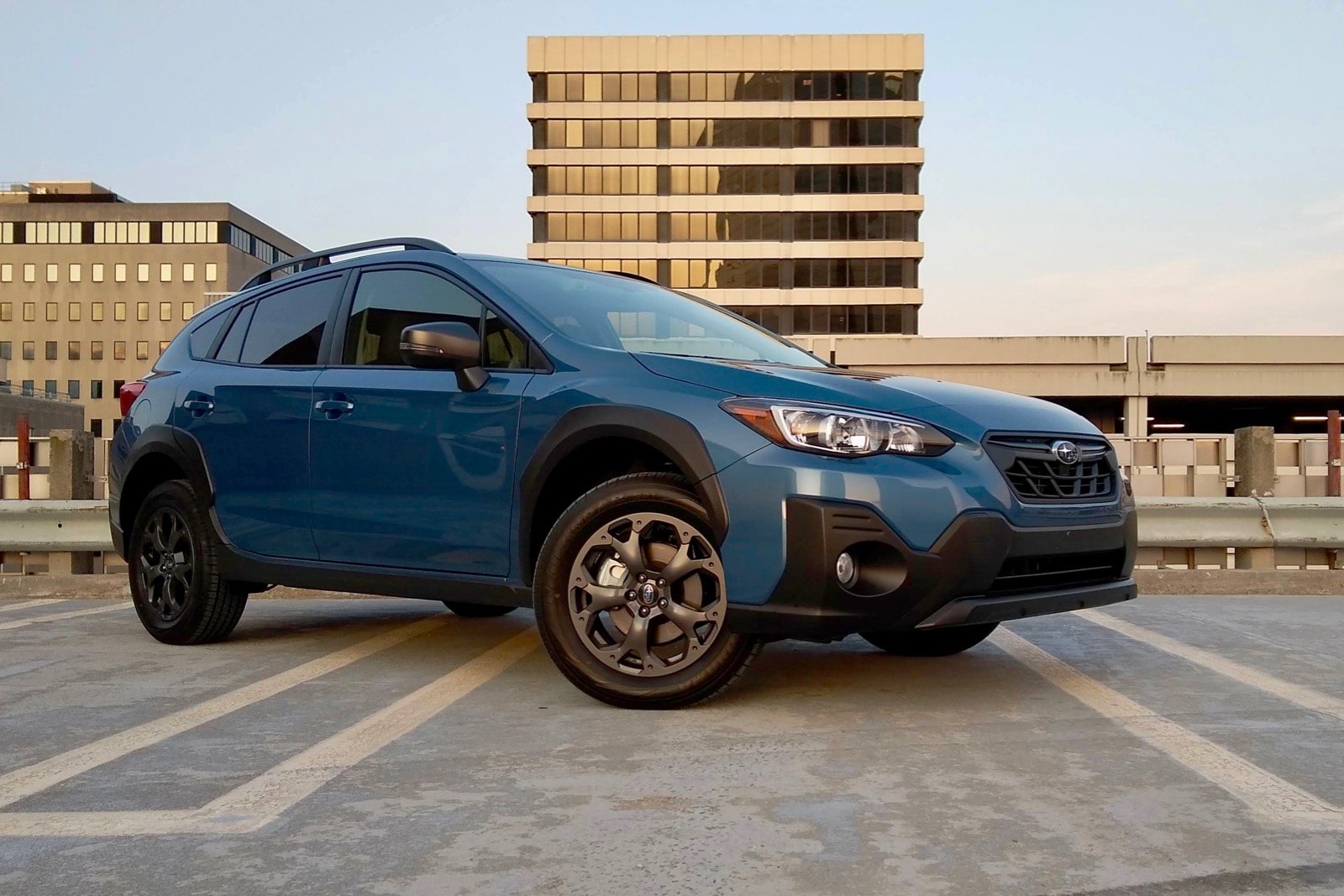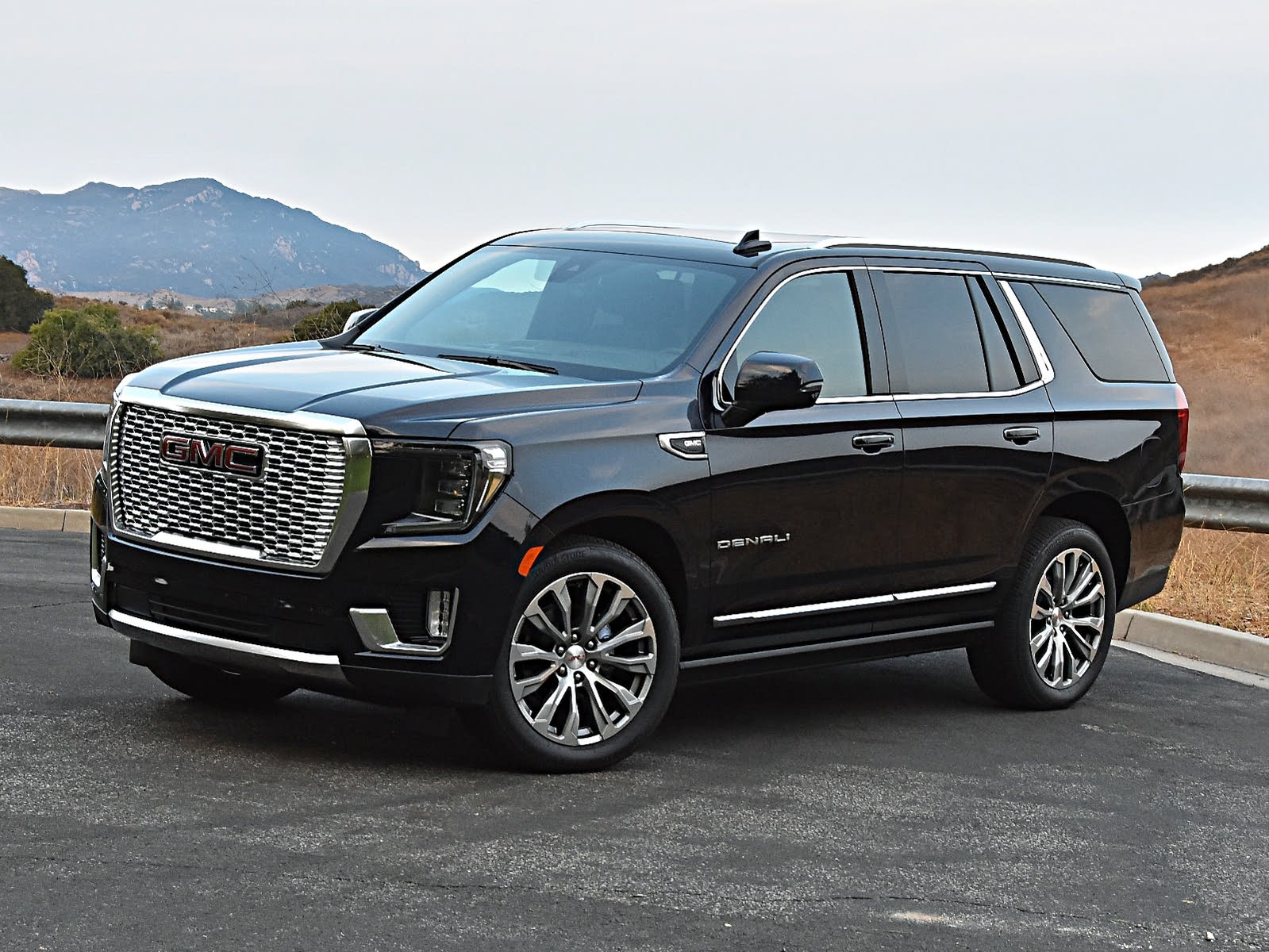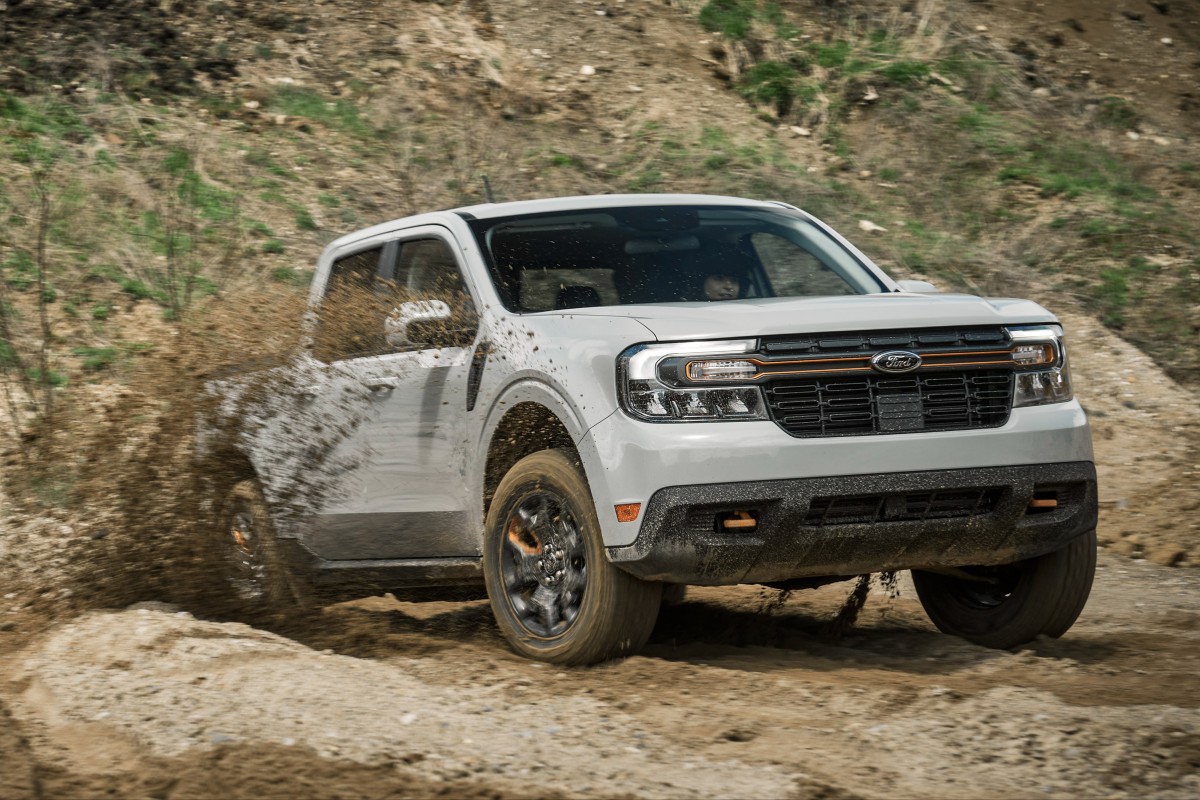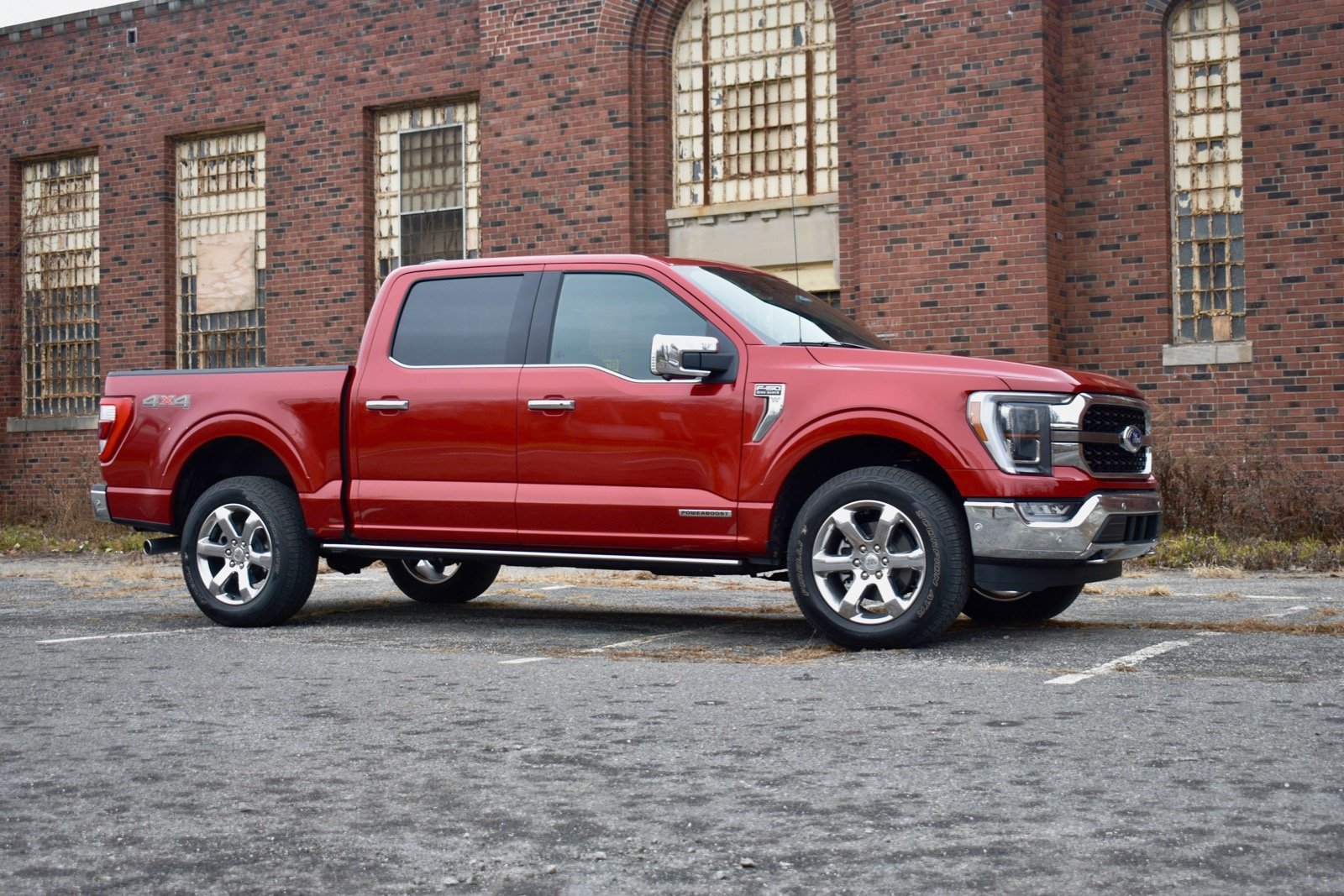When it’s time to start shopping for a new car, understanding the different vehicle segments and what each of them offers can help you narrow down your options and save a lot of time. This guide is designed to help demystify the different types of cars, SUVs, and trucks available on the automotive market in Canada.
What are the Different Types of Car?
- Subcompact Cars
- Compact Cars
- Mid-size Car
- Large Car
- Wagon
- Sporty Cars
- Performance Cars
- Muscle Cars
- Subcompact SUVs
- Compact SUVs
- Mid-Size SUVs
- Large SUVs
- Minivans
- Small Pick-Up Trucks
- Mid-Size Pick-Up Trucks
- Full-Size Pick-Up Trucks
- Electric cars
Subcompact Cars
Subcompact cars are the smallest vehicles on the market and are also typically the least expensive. These tend to be offered most often in a hatchback body style, though some nameplates are also sold in a sedan configuration. Not many truly small cars remain on the market in Canada as a number have been discontinued in recent years due to waning interest.
Three examples of subcompact cars: Chevrolet Spark, Kia Rio, Mercedes-Benz A-Class
Compact Cars
Canada’s best-selling cars are compacts, which remain popular for their smaller footprint and relatively good fuel economy figures. Some brands sell sedan, two-door fixed-roof coupe or convertible (cabriolet), and hatchback styles for their most popular compact car model nameplates, and a small number are also available with hybrid powertrains. In luxury brands, all-wheel drive is typically standard, though it can be hard to find among mainstream brands.
Three examples of compact cars: Honda Civic, Toyota Corolla, BMW 3 Series
Mid-size Car
This is the segment that’s most often considered to be family cars and is preferred by our American neighbours, though sales of these slightly longer and larger cars are not typically as strong here. Nearly all of the mid-size cars sold in Canada today, whether mainstream or luxury, are available as four-door sedans, hardtop coupes, or convertibles, and in the latter all-wheel drive is typically standard. Some products can be equipped with hybrid powertrains.
Three examples of mid-size cars: Toyota Camry, Hyundai Sonata, BMW 5 Series
Large Car
Sales of these executive sedans and coupes has fallen recently in favour of larger SUVs, though some brands still offer them, particularly the luxury brands where they tend to function as flagships. It’s not unusual to see all-wheel drive available or standard, and some premium and luxury car brands will make their largest cars available with a long-wheelbase variant.
Three examples of large cars: Toyota Avalon, Dodge Charger, BMW 7 Series
Wagon
The station wagon car body style is slowly going extinct in North America as buyers flock to SUVs, but a few brands continue to import select nameplates to serve their devoted fan bases. These elongated-roofline hatchbacks are now the exclusive purview of luxury brands as the Volkswagen Golf TSI has been discontinued (though devotees of the Subaru Outback will debate at length about whether the vehicle is a wagon or a crossover, which kicks off a different discussion...).
Three examples of wagons: Audi A6 Allroad, Mercedes-Benz E-Class Wagon, Volvo V60
Sporty Cars
Tucked in between the mainstream styles and the full-on performance cars lies a subset of sporty cars intended to provide entertainment in spirited driving at an affordable price tag. These can be anything from diminutive roadsters to warm hatches. Occasionally, a luxury offering will slot itself into this category.
Three examples of sporty cars: Mazda MX-5, Volkswagen Golf R, BMW M2
Performance Cars
On the other end of the spectrum, there are the performance cars, which run the gamut from the more affordable, higher-powered sports cars intended for track use all the way up to the supercars worth several hundred thousand dollars or more.
Three examples of performance cars: Chevrolet Corvette, BMW M5, Porsche 911
Muscle Cars
These high-performance American classics are all about brute force. Typically powered by V6 or V8 engines, this list of high-horsepower established muscle car nameplates hardly requires an introduction.
Three examples of muscle cars: Chevrolet Camaro, Dodge Challenger, Ford Mustang
Subcompact SUVs
This segment of the industry's smallest sport utility vehicles is gaining popularity with Canadians in recent years for its tall hatchback body style and relatively small footprint. There are two subsegments included here: the budget-oriented front-wheel drive offerings from mainstream brands, and the rest of the smaller mainstream and luxury cute utes that tend to offer available or standard all-wheel drive.
Three examples of subcompact SUVs: Nissan Kicks, Subaru Crosstrek, Audi Q3
Compact SUVs
These smaller two-row utility vehicles are by far the most popular body style among Canadian buyers today outside of trucks. A wide variety of design and powertrains are available, from gas-powered four-cylinder engines to hybrids and even a handful of plug-in hybrids in both mainstream and luxury brands.
Three examples of compact SUVs: Honda CR-V, Toyota RAV4, Audi Q5
Mid-Size SUVs
This segment includes a wide range of vehicles from larger two-row to small-to-medium three-row configurations depending on the product. Increasingly, the smaller vehicles tend to be sold with turbocharged four-cylinder engines rather than the traditional V6s that were historically offered as optional premium powertrains, which has reduced the towing capacity on some nameplates.
Three examples of mid-size SUVs: Chevrolet Blazer, Kia Telluride, Lexus RX
Large SUVs
Unsurprisingly, this segment is dominated by American brands, though there are a few alternatives out there. Whether the buyer is shopping in the mainstream or luxury space, these SUVs are as large as a consumer vehicle can get, typically offering three roomy rows of rear seats, expansive cargo areas, and powerful engines including V8s in some cases. They also deliver the highest ground clearance, four-wheel drive for greater off-road capability, and higher towing capacity. Some are based on rugged truck chassis, while others feature a more car-like unibody construction method.
Three examples of large SUVs: GMC Yukon, Nissan Armada, Lincoln Navigator
Minivans
Don’t count these classic dad-mobiles out yet: the oft-maligned minivan is available these days with all-wheel drive and hybrid or plug-in hybrid powertrains to go with their easily stowed seats and large and practical interior capacity. As family vehicles go, this is as practical as they come.
Three examples of minivans: Chrysler Grand Caravan, Honda Odyssey, Toyota Sienna
Small Pick-Up trucks
These smallest trucks are still a fledgling market in terms of available models, but the two mainstays of the genre—the Ford Maverick and the Hyundai Santa Cruz—have proven immensely popular thanks to their drivability and comparative fuel efficiency, even stealing sales from larger mid-sized offerings despite the relatively small cargo space in the load beds. Expect more options in this market segment in the coming years.
Two examples of small pick-ups: Ford Maverick, Hyundai Santa Cruz
Mid-Size Pick-Up Trucks
These trucks are gaining in popularity among drivers who enjoy the practicality of a truck bed but don’t need the full capability that a larger truck offers. Expect this segment to pick up even more over the next two to three years as redesigned offerings are introduced to the North American market.
Three examples of mid-size pick-up trucks: Chevrolet Colorado, Nissan Frontier, Toyota Tacoma
Full-Size Pick-Up Trucks
Half-ton pick-up trucks are not only the most popular form of truck and vehicle type in Canada, but this segment also lays claim to this country’s best-selling nameplate, full stop. The Ford F-Series has topped the leaderboard in sales for 11 years in a row, and with the Ford F-150 Hybrid joining the line-up in 2021, those sales figures look set to grow even more.
Three examples of full-size pick-up trucks: Chevrolet Silverado, Ford F-150, Ram 1500
Electric cars
Electric cars, often known simply as EVs, are present in almost all segments of the car market, yet since they are still a relatively new technology that makes up a fairly small part of the overall car market we felt they deserved a space here. Essentially, an EV is any car that relies entirely on electric motors for its drive, with no internal combustion engine at all.
Three examples of EVs: Tesla Model 3, Ford F-150 Lightning, Porsche Taycan

